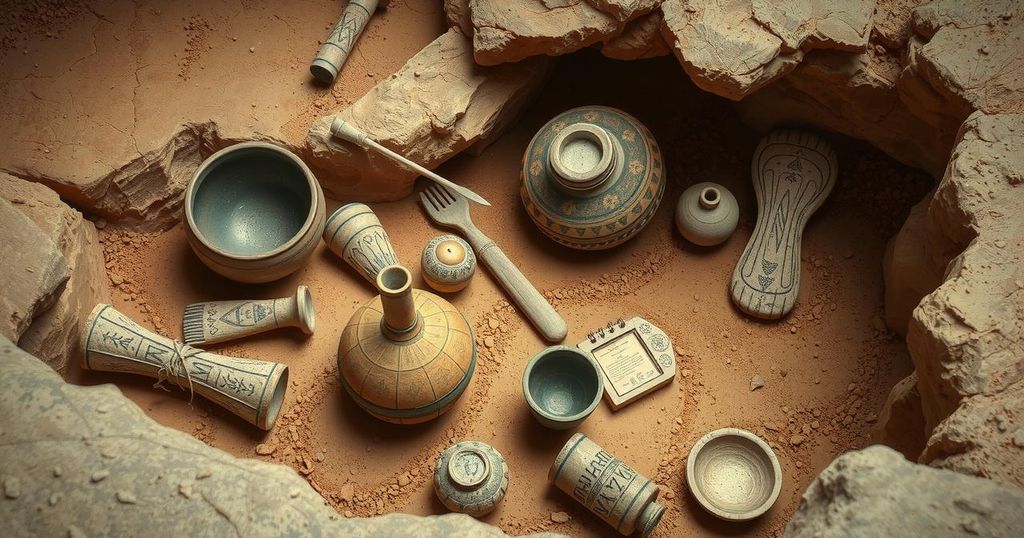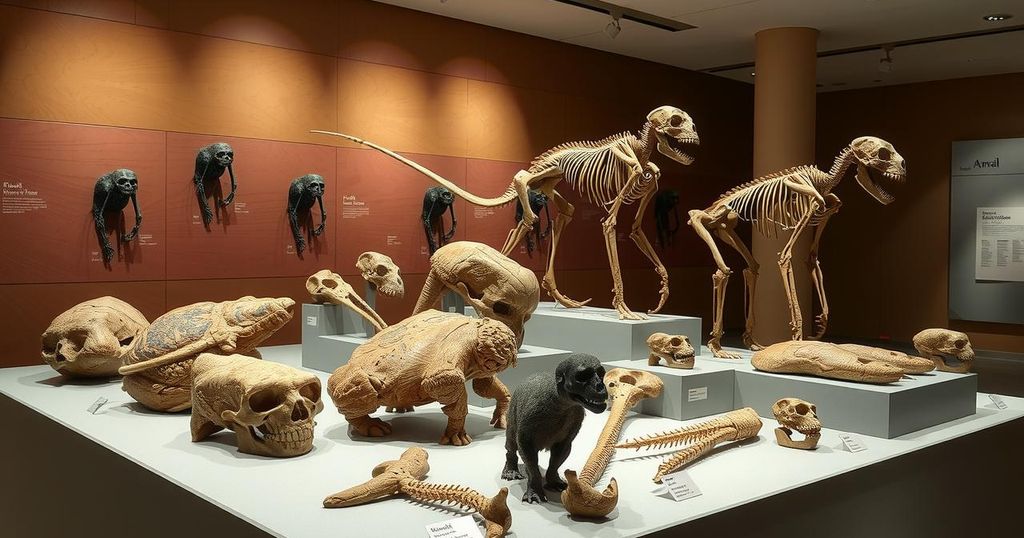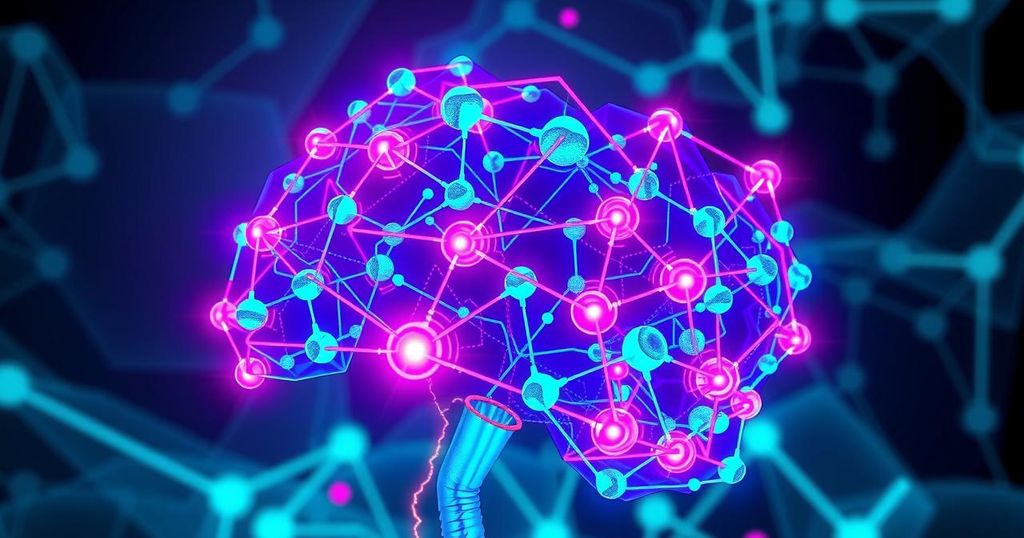Unlocking History: Remarkable Discoveries of 2024 Unveiled
In 2024, scientific advancements revealed astonishing historical truths, including the identities of individuals like Vittrup Man and the Well-man, while debunking long-held myths about figures such as Kaspar Hauser. The insights provided by DNA analysis shed new light on the complexities of human existence, ultimately reshaping our understanding of history and heritage.
In 2024, a new wave of scientific exploration has peeled back the layers of history, illuminating the lives of individuals lost to time. Through advanced DNA analysis and modern investigative techniques, researchers have uncovered astonishing truths about historical figures. The archaeological site of Pompeii, preserved in ash since A.D. 79, revealed that a supposed mother and child was, in fact, a woman comforting an unrelated boy as they faced their tragic fate.
The tale of the ancient “Vittrup Man” emerged from Denmark, revealing a Stone Age migrant who met a violent end about 5,200 years ago. His discovery featured alongside a wooden club, hinting at his harsh demise. Experts uncovered that he transitioned from a diet of fishing to one of farming, displaying the remarkable adaptability of early humans. Anders Fischer noted, “In the Vittrup case we meet a genuine first-generation immigrant…” Unraveling this narrative emphasizes the rich tapestry of human history woven from individual stories.
In another surprising find, researchers tied a skeleton discovered in a medieval castle well to a saga from 800 years ago. The remains, dubbed the “Well-man,” belong to a man whose ancestry clashed with locals, suggesting he was a casualty of warfare rather than an unknown villager. Michael D. Martin revealed, “The biggest surprise… was that the Well-man did not come from the local population.” This enigmatic connection between the past and the present continues to astonish.
The enduring mystery of the so-called ‘lost prince,’ Kaspar Hauser, finally encountered a breakthrough. Genetic testing showed that his DNA did not match any known royal lineage, a claim that had captivated imaginations for over two centuries. The revelation raises further queries about the man’s true identity; his tombstone calls him “the riddle of his time.” Hauser’s enigma remains partly unsolved, uncovering the layers of his intriguing existence.
Meanwhile, the legacy of legendary composer Ludwig van Beethoven faced scrutiny, uncovering possible lead poisoning from a lifetime of exposure to toxins in food and drink. These findings, made from detailed analysis of his hair, suggest his health issues stemmed from much more than mere fate. Beethoven scholar William Meredith stated, “But in Beethoven’s life, there is a connection between his suffering and the music,” merging the artist’s struggles with his creations.
New advances in DNA analysis led to discoveries around George Washington’s family members and secrets hidden in unmarked graves. Research delved into the remains found in West Virginia, adding to the complexity surrounding Washington’s lineage. The study combined genetic revelations with historical truths, shaking historical narratives to reveal untold relations.
Further unraveling America’s colonial past, a study of unmarked graves at Jamestown unveiled scandal within Thomas West’s family. As researchers analyzed DNA, they discovered hidden ties that shaped the colony’s narrative for generations. The legacy of colonial America’s foundation continues to be rewritten, unveiling the intricate web of family histories that quietly shape society today.
On the scientific front, the alchemical practices of Tycho Brahe and observational sketches by Johannes Kepler resurfaced to enrich our understanding of early scientific endeavors. Findings from Brahe’s lab revealed mysterious elements, possibly including tungsten. Conversely, Kepler’s sunspot drawings aided in unraveling the solar cycles, merging art and science in ways previously unimagined. Kaare Lund Rasmussen posited that these works contributed to a monumental shift in scientific thinking, echoing through the centuries.
Each new discovery shines a light on humanity’s complex past, weaving narratives that connect us to our ancestors. With hidden secrets of individuals, families, and societies coming to light, 2024 promises ongoing revelations that challenge our perceptions of history.
2024 has become a landmark year for historical discovery, bridging gaps between the past and present with scientific revelations. From the unmasking of identities like Vittrup Man and the Well-man to the unraveling of long-held mysteries around figures like Kaspar Hauser and Beethoven, these findings enrich our understanding of human experiences. The exploration of DNA and archaeological techniques has unearthed hidden stories, compelling us to continuously revise the narratives that shape our shared history.
Original Source: edition.cnn.com




Post Comment